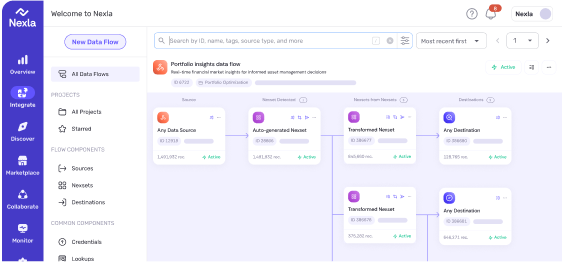Welcome to our new interview series, “Let’s Talk DataOps!” DataOps (Data Operations) is an emerging function that controls the flow of data from source to value. This includes integrating with data sources, performing transformations on the data, converting formats, and writing or delivering data to its required destination so it can be analyzed, inputted into a model, or surfaced for end users. DataOps also encompasses the monitoring and governance of data flows, while ensuring security and scale.
In this new series we’ll be interviewing the leading thinkers in Data Operations, to discuss the state of DataOps from their point of view. Learn about what they do, their biggest challenges, and how they are utilizing DataOps to drive their businesses. For our inaugural interview, we spoke with Jon Loyens, the Co-Founder and Chief Product Officer of data.world. As a long-time technology executive in Austin, Jon has lived the rise in the trend of data and analytics as a democratizing force. In a past life, he was the VP of Engineering for Traveler Products at HomeAway, and before that, a VP of Engineering and Director of the Labs group at Bazaarvoice.


